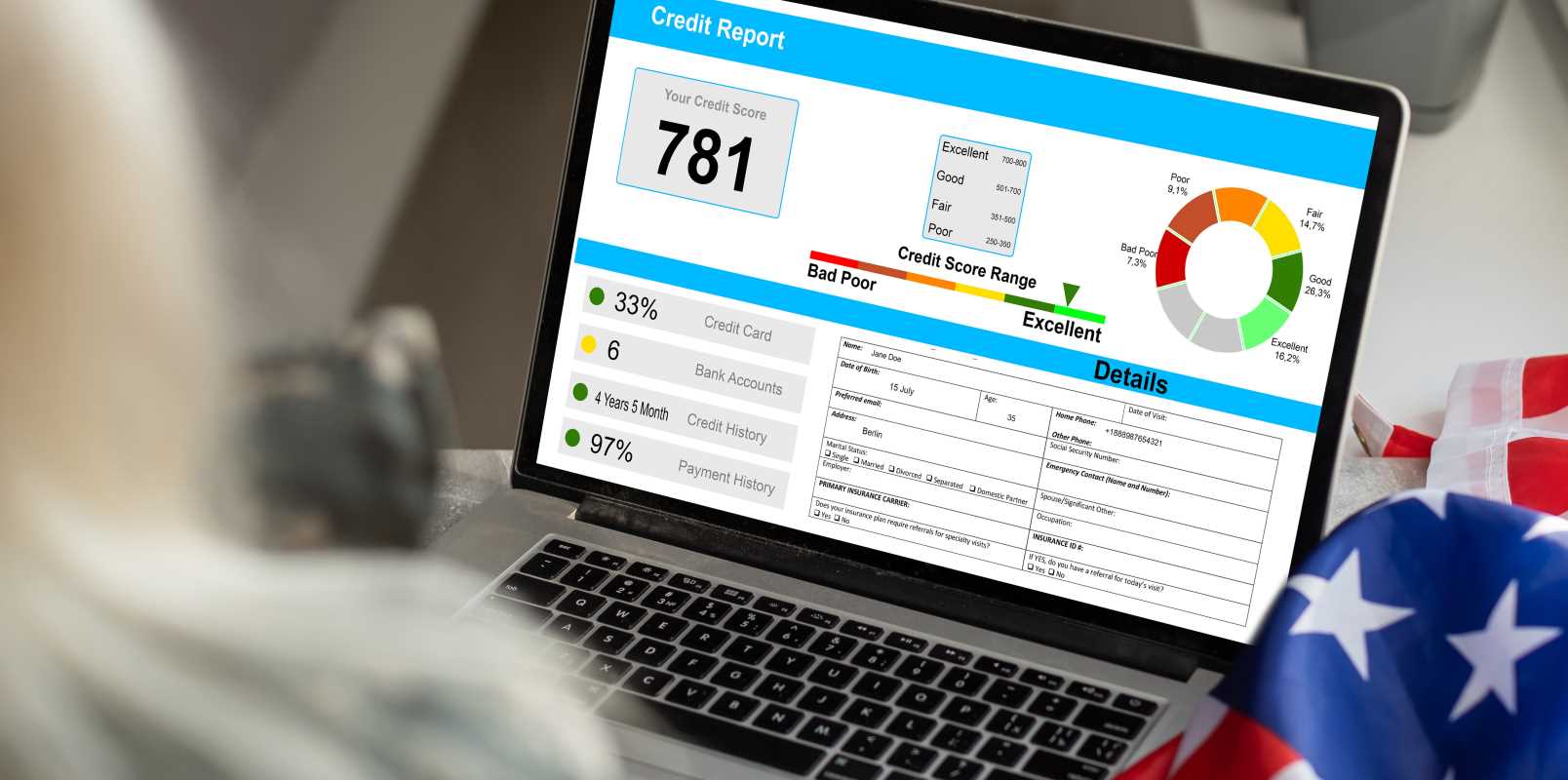Saving money doesn’t need to feel like a drastic life overhaul or a burdensome task. With the right strategies, you can build significant savings without compromising on what makes life comfortable and enjoyable. By incorporating simple, effective habits into your daily routine, you’ll be able to trim unnecessary costs and grow your financial cushion. Here are in-depth, actionable tips to help you save big while maintaining your lifestyle.
Cut Back on Dining Out
Eating out may be convenient, but the costs can add up fast, often without us even realizing it. Simply cutting back on how often you dine out can make a significant impact on your monthly budget.
Cook More Meals at Home
Preparing meals at home is not only more cost-effective but also healthier. Eating out or ordering takeout frequently can take a toll on both your wallet and your health.
- Meal Planning: Plan your meals for the entire week to minimize impulse food purchases. Batch cooking on weekends can ensure you have ready-made meals that just need reheating.
- Affordable Recipes: Explore simple, affordable recipes that don’t require expensive or hard-to-find ingredients. Even quick one-pot meals can help you save time and money.
Example: If you spend $15 daily on takeout lunches during the workweek, you’re looking at $300 a month. Cooking your own meals at half the cost can save you over $150 monthly.
Track Your Spending
Take a closer look at how much you’re currently spending on eating out. Apps like Mint or YNAB can help you track those costs. Once you see the numbers, you’re more likely to think twice before reaching for that restaurant menu.
DIY Coffee and Snacks
The $5 latte habit or daily snack run can also quietly chip away at your budget. Invest in a quality travel coffee mug and make your own coffee or tea at home.
Pro Tip: Treat dining out as a special occasion rather than a routine. Consider limiting restaurant visits to once or twice a month and make them part of celebrations.
Leverage Coupons and Cashback Apps
What may seem like small savings from coupons and apps can snowball into big wins over time. With technology in your pocket, finding deals is easier than ever.
Use Digital Coupons
Most major grocery chains offer apps featuring digital coupons you can apply directly at checkout. Take a few minutes to browse these before planning your shopping list.
- Look for discounts on items you already purchase regularly.
- Stack rewards programs from stores to maximize your savings further.
Try Cashback Apps
Cashback apps like Ibotta, Rakuten, or Honey allow you to recover a portion of your spending on groceries, clothing, household goods, and even travel purchases.
Bonus Tip: Combine store discounts, coupon codes, and cashback offers for triple-threat savings. For example, use a $10 grocery coupon alongside a 5% cashback deal from your app for noticeable reductions.
Sign Up for Loyalty Programs
Many stores and restaurants offer loyalty programs that reward you with points or discounts. Over time, these perks can add up to free items.
Example: Using cashback apps and coupons regularly could save an extra $50 to $100 a month, depending on how actively you combine offers.
Review Subscriptions and Memberships
Subscription services are convenient, but they can also drain your budget if left unchecked.
Audit Your Current Subscriptions
Make a list of all your monthly subscriptions, including streaming services, gym memberships, music platforms, and subscription boxes. Ask yourself which ones you truly use and enjoy.
- Cancel services you haven’t used in months.
- For those you still want, explore ways to downgrade your plan (e.g., switching from a premium plan to basic).
Share Accounts
Certain services like Netflix, Disney+, or Spotify often allow account sharing, reducing the financial burden if you split costs with friends or family.
Example: If you’re paying $60 for five individual subscriptions and cancel or share two, you’re looking at $240 in annual savings.
Look for Annual Payment Discounts
Many subscriptions offer discounts if you pay for a year upfront instead of monthly. If there’s a service you’re committed to, this can be a smart move.
Compare Utility Providers
Utilities can be a necessary yet unpredictable part of your budget. However, you can take steps to keep these costs manageable.
Shop Around for Providers
Research alternative providers for electricity, internet, or gas in your area to see if better deals exist. New customer promotions or seasonal discounts can help you switch for significant savings.
- Negotiate: Call your current utility providers to negotiate rates. Mention competitor offers as leverage; many providers have retention deals they don’t advertise.
- Manage Energy Use: Switch to energy-efficient appliances, use programmable thermostats, and unplug unused electronics to lower your bills.
Pro Tip: Weatherproof windows and doors to reduce heating and cooling costs by improving energy efficiency.
Example Savings
Switching to a more affordable internet plan or renegotiating rates could save you $20–$50 a month—up to $600 annually!
Embrace DIY Home Improvements
Rather than spending on professional services for every little job, channel your creativity and take on simple DIY projects.
Start Small
Tasks like repainting walls, installing shelves, or planting a small garden can transform your space at minimal cost.
Learn Online
Resources like Pinterest and YouTube make quality tutorials accessible for free. Many DIYers learn skills ranging from furniture restoration to home decor on these platforms.
Benefit: Not only will you save money, but you’ll also gain hands-on experience and satisfaction from completing projects yourself.
Automate Your Savings
Setting up automatic savings removes the need to think about how much to set aside each month—your account grows effortlessly.
Start Small and Scale Gradually
Begin with a modest amount, such as $25 or $50 per paycheck, directed into a separate savings account. Increase the transfer amount as your financial situation improves.
Use Round-Up Tools
Apps like Acorns or bank tools that round up your purchases and deposit the spare change into savings accounts can help grow your funds effortlessly.
Example: Automating just $100 per month into savings adds up to $1,200 annually—without you lifting a finger.
Build a Sustainable Money-Saving Strategy
Consistency and patience are the keys to saving money over the long term. These simple habits are like planting seeds that, with care and time, will grow into significant financial rewards. By making small, manageable changes to your spending and incorporating these practical tips, you can create a savings plan that fits your life seamlessly.
Remember, saving money doesn’t mean depriving yourself. It’s about prioritizing what truly matters and building a financial foundation that supports both your current needs and future goals. With diligence and determination, you’ll be on your way to reaching new financial milestones.







